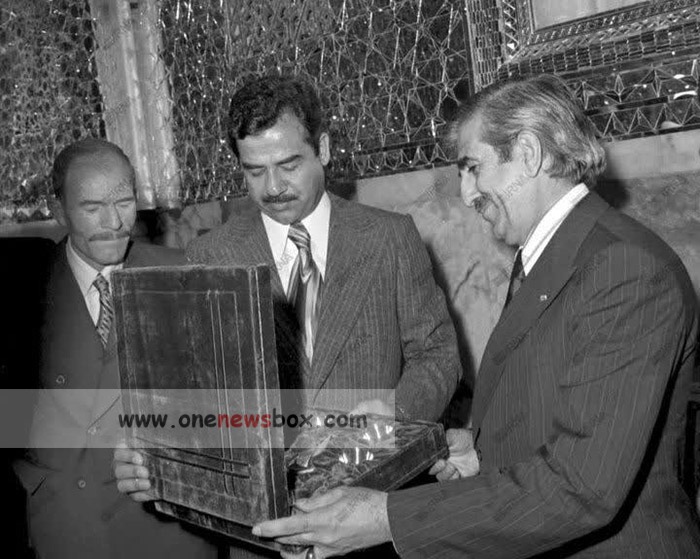The Arrests and Immediate Consequences
As each name was read out, the accused were removed from the room and taken into custody. This public denunciation served a dual purpose: it demonstrated Saddam’s control over the party and created an atmosphere of fear and uncertainty. Those still seated were implicitly congratulated for their loyalty, a stark reminder of the consequences of dissent.
The Aftermath: Trials and Executions
The 68 individuals arrested during the assembly were swiftly put on trial. These trials were largely a formality, as the outcomes had been predetermined. The accused were charged with treason, a crime that carried the death penalty.
Sentencing and Executions
Of the 68 arrested, 22 were sentenced to death. The executions were carried out with chilling efficiency, with some of the highest-ranking Ba’ath Party members forming the firing squad. This not only served to remove perceived threats but also implicated other party members in the purges, binding their loyalty to Saddam through shared culpability.
By August 1, 1979, hundreds of high-ranking Ba’ath Party members had been executed. This mass purge eliminated potential rivals and consolidated Saddam’s power, ensuring that the remaining party members were either loyal to him or too terrified to oppose him.
The Impact on the Ba’ath Party and Iraqi Politics
The July 22 purge had profound implications for the Ba’ath Party and Iraqi politics. It marked the beginning of an era of absolute rule by Saddam Hussein, characterized by a climate of fear, repression, and totalitarian control.

